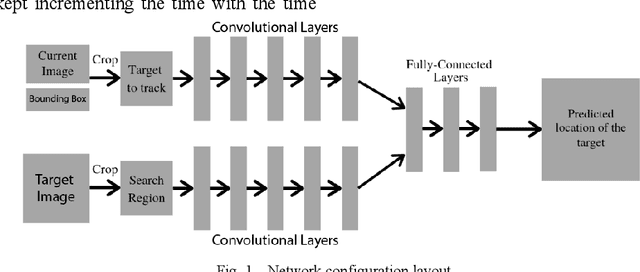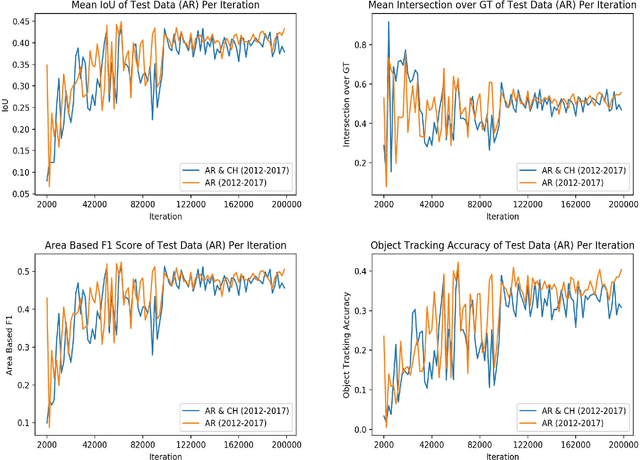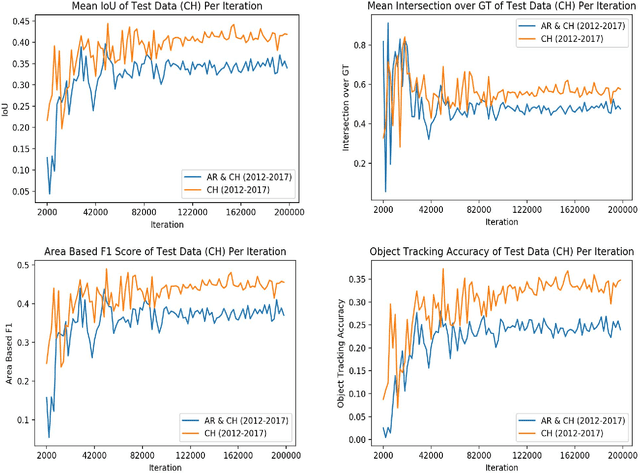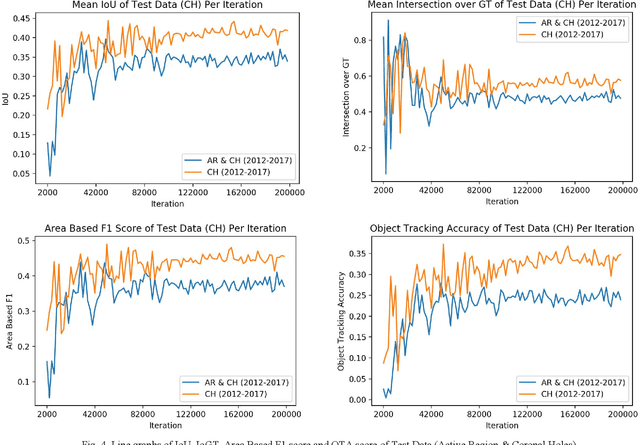Toqi Tahamid Sarker
Gasformer: A Transformer-based Architecture for Segmenting Methane Emissions from Livestock in Optical Gas Imaging
Apr 16, 2024Abstract:Methane emissions from livestock, particularly cattle, significantly contribute to climate change. Effective methane emission mitigation strategies are crucial as the global population and demand for livestock products increase. We introduce Gasformer, a novel semantic segmentation architecture for detecting low-flow rate methane emissions from livestock, and controlled release experiments using optical gas imaging. We present two unique datasets captured with a FLIR GF77 OGI camera. Gasformer leverages a Mix Vision Transformer encoder and a Light-Ham decoder to generate multi-scale features and refine segmentation maps. Gasformer outperforms other state-of-the-art models on both datasets, demonstrating its effectiveness in detecting and segmenting methane plumes in controlled and real-world scenarios. On the livestock dataset, Gasformer achieves mIoU of 88.56%, surpassing other state-of-the-art models. Materials are available at: github.com/toqitahamid/Gasformer.
Cannabis Seed Variant Detection using Faster R-CNN
Mar 15, 2024Abstract:Analyzing and detecting cannabis seed variants is crucial for the agriculture industry. It enables precision breeding, allowing cultivators to selectively enhance desirable traits. Accurate identification of seed variants also ensures regulatory compliance, facilitating the cultivation of specific cannabis strains with defined characteristics, ultimately improving agricultural productivity and meeting diverse market demands. This paper presents a study on cannabis seed variant detection by employing a state-of-the-art object detection model Faster R-CNN. This study implemented the model on a locally sourced cannabis seed dataset in Thailand, comprising 17 distinct classes. We evaluate six Faster R-CNN models by comparing performance on various metrics and achieving a mAP score of 94.08\% and an F1 score of 95.66\%. This paper presents the first known application of deep neural network object detection models to the novel task of visually identifying cannabis seed types.
Solar Event Tracking with Deep Regression Networks: A Proof of Concept Evaluation
Nov 19, 2019



Abstract:With the advent of deep learning for computer vision tasks, the need for accurately labeled data in large volumes is vital for any application. The increasingly available large amounts of solar image data generated by the Solar Dynamic Observatory (SDO) mission make this domain particularly interesting for the development and testing of deep learning systems. The currently available labeled solar data is generated by the SDO mission's Feature Finding Team's (FFT) specialized detection modules. The major drawback of these modules is that detection and labeling is performed with a cadence of every 4 to 12 hours, depending on the module. Since SDO image data products are created every 10 seconds, there is a considerable gap between labeled observations and the continuous data stream. In order to address this shortcoming, we trained a deep regression network to track the movement of two solar phenomena: Active Region and Coronal Hole events. To the best of our knowledge, this is the first attempt of solar event tracking using a deep learning approach. Since it is impossible to fully evaluate the performance of the suggested event tracks with the original data (only partial ground truth is available), we demonstrate with several metrics the effectiveness of our approach. With the purpose of generating continuously labeled solar image data, we present this feasibility analysis showing the great promise of deep regression networks for this task.
 Add to Chrome
Add to Chrome Add to Firefox
Add to Firefox Add to Edge
Add to Edge